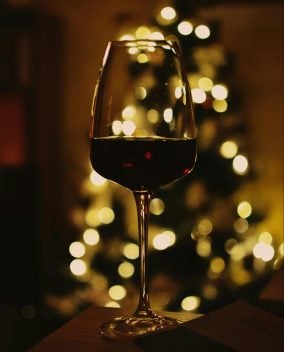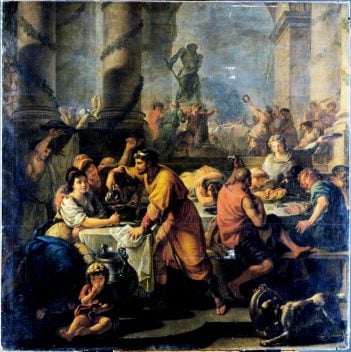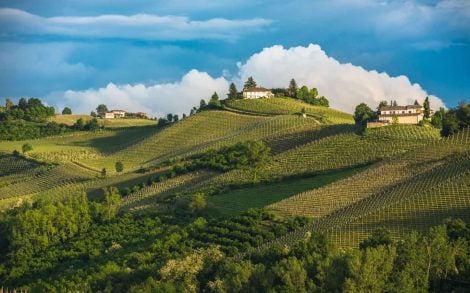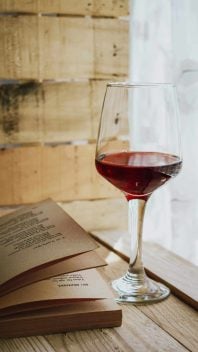The green walls are a trademark of the original establishment, now making their way to the new Roman branch, signalling continuity with the first venue. Thus, Stendhal Milano arrives in Rome, under the Art Nouveau architecture of the renovated Galleria Alberto Sordi (where Iginio Massari has also just arrived), to bring a bit of Milanese flair. The owner, Marcello Forti, admits to feeling a bit anxious, "Rome is a city I don't know, which is why I'm glad we're not on the street but in a more protected environment like this. It’s easier if you're in a 'wow' place, and I believe this can become one." The interiors, designed by the Vudafieri Saverino studio, reimagine the style of the first location with the characteristic Stendhal green, just as head chef Edoardo Ferrera – responsible for the group's kitchen – and resident chef Michael Layton do in the kitchen, accepting the challenge of bringing Milanese cuisine to the shadow of the dome, albeit with some local twists, along with the maître d'hôtel Sergio Ingrilli.
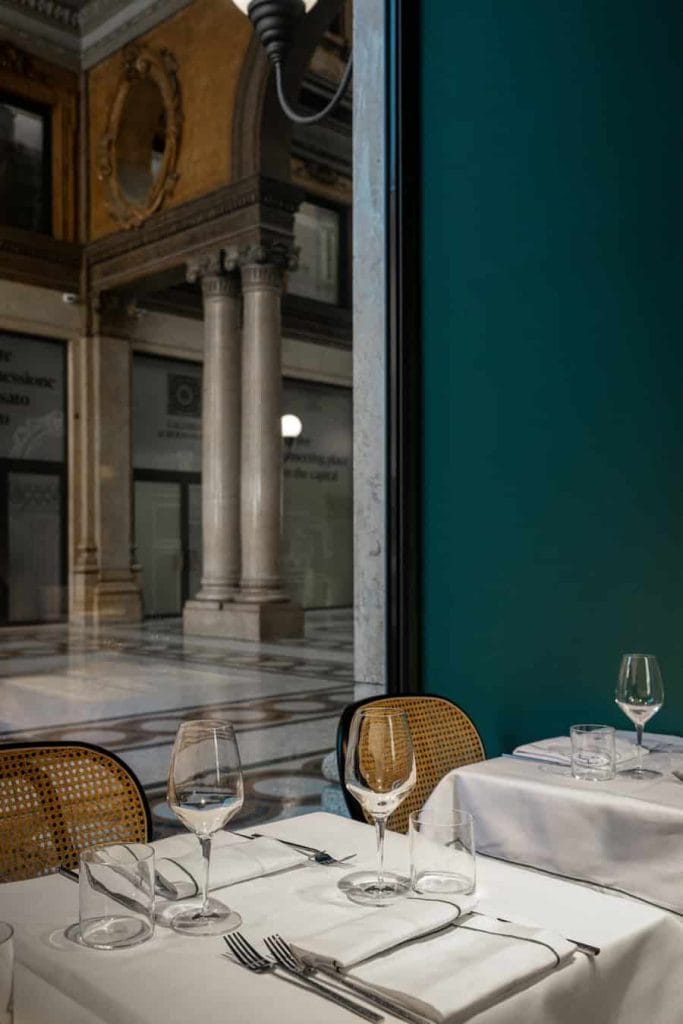
All-day milanese opening
There are about fifty seats in total, among tables and counters (plural: there’s even a small one overlooking the kitchen on the first floor), spread over two floors, in a carefully curated and intimate atmosphere. "More than a restaurant, we are a Parisian-style bistro: in Milan we were born this way, and we follow the same style in Rome, also because we don't have much space. We hope it will be well received." The all-day opening (in Rome from 11 am to 11 pm every day of the week) is a point of pride: "It’s part of the service we want to provide, even in Milan our customers know we are always open. What interests us most is creating a place where you feel good, for the welcome, the food, the atmosphere, the service." So, in addition to the classic menu, there are options for light lunch, afternoon tea, aperitif, or after dinner, even in a vegan version, accompanied by wines (about 150 on the list) or cocktails from a drink list of classics and signature drinks curated by Valeria Bassetti, also designed in pairing with the tasting menu: Gin Rosa Galleria version for the zucchini flowers with ricotta and Genoese pesto, Vermouth with infused saffron for the yellow Milanese risotto, one of the main dishes on offer. Milanese cuisine in Rome? "Why not? After all, we do something different from others," comments Forti.
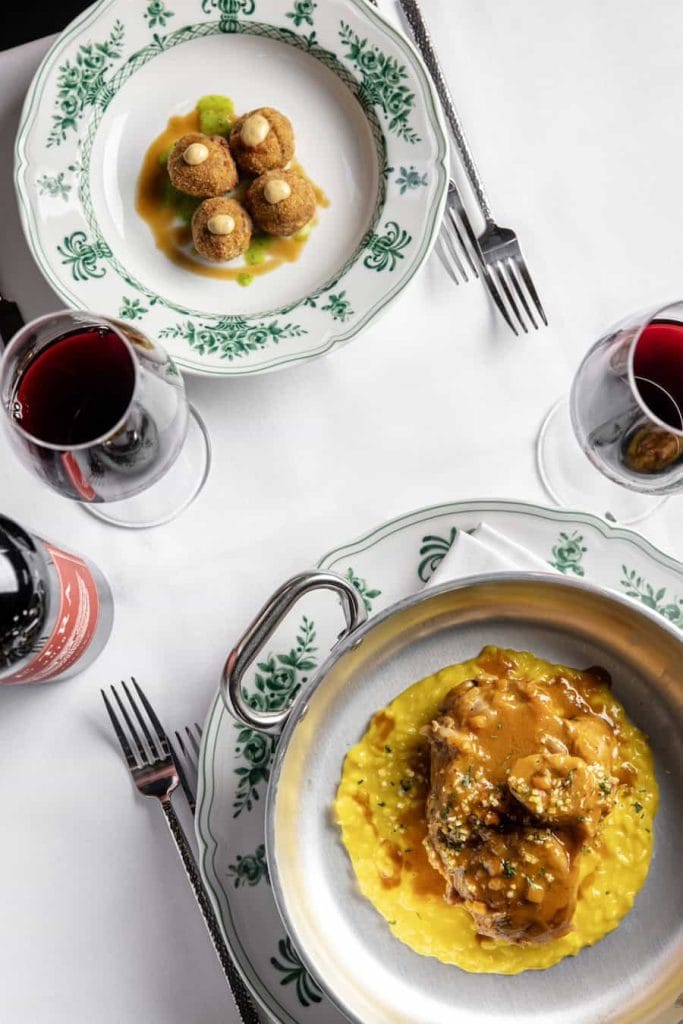
What to eat at Stendhal Milano, in Rome
"We want to tell a gastronomic story based on Milanese tradition, on dishes that have survived, others that today are unfeasible and impossible to make contemporary." Stendhal plays the card of great Milanese classics "without flights of fancy, but in full respect of the raw materials": yellow Milanese risotto with Carnaroli Riserva San Massimo, mondeghili (veal and mortadella meatballs), ossobuco in gremolata and high veal Milanese cutlet, also in finger food version with truffle; but there are also classics like smoked Verrigni spaghetti with clams or the Stendhal-style vitello tonnato. "In Milan, we are perceived as a traditional but modern restaurant, a place for everyday dining and not for great occasions, and we would like it to be the same in Rome. That’s why – he adds – we decided to stay in a lower price range: around 30/40 euros for lunch and 60/70 euros for dinner, including wine."
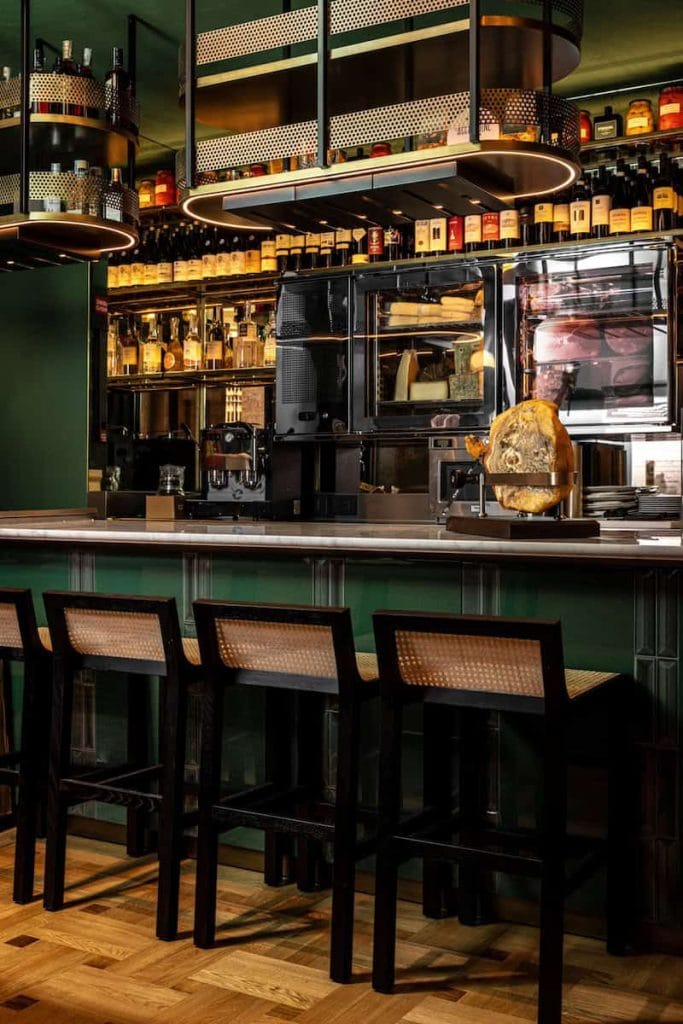
If in Milan the clientele is mainly local, in Rome it could be more heterogeneous given the central location, on one of the shopping streets heavily frequented by tourists and a step away from political landmarks. For this reason, there are off-hour options, as well as some proposals that Forti himself defines as a bit opportunistic, such as Caesar salad or avocado toast. "But we are still us." He means that the core values remain even in diversions: from the relationships with suppliers established over the years (as in the case of Azienda Agricola La Cigolina di Lodi for Wagyu bresaola) to the way of renewing the great classics, such as the riso al salto, served with Silter Dop fondue - "it’s easier to explain" - to the desire to collaborate with other local realities, "I believe in synergies with those who are good at something."
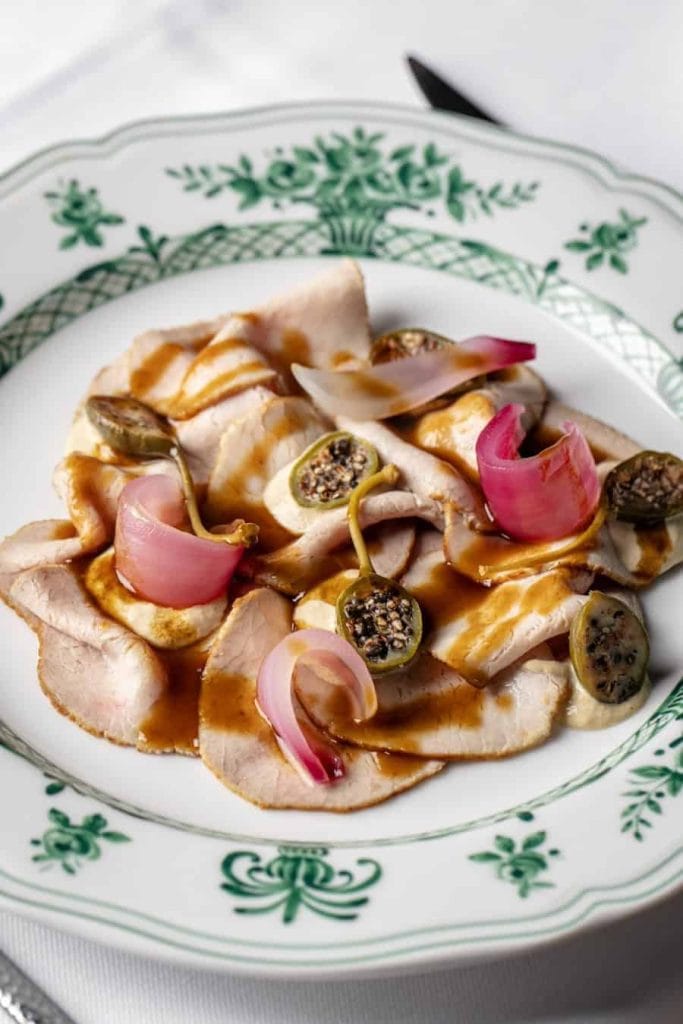
Vincenzo Mancino of Dol is called upon for the Mangalica ham presented with rustic bread and ricotta from Rebibbia: it’s one of the gastronomic proposals from the counter, along with ham, buffalo mozzarella, and other selected products. There’s also Roscioli’s bakery for bread, Arcangelo Dandini for supplì, even Milanese-style with yellow rice and ossobuco (but there are also amatriciana and tomato and basil ones). There’s a small selection of Roman dishes: tonnarelli cacio e pepe, carbonara, and Leonessa potato gnocchi amatriciana with smoked pecorino; he calls them A Window on Rome and describes them as a risk "we might be criticized for them, but we like to pay the best possible homage to the city with its tradition, yet we don’t want to compete with anyone, just do something good."
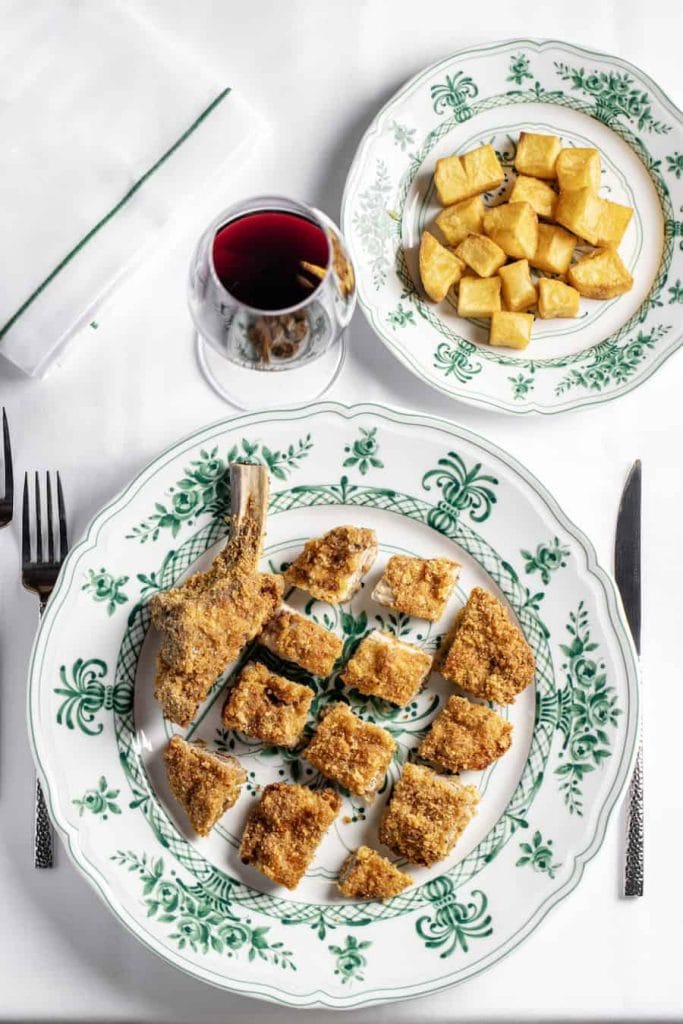
Something that can appeal to a broad audience of different backgrounds, origins, and ages, "for example, we serve the classic cutlet in cubes and pair it with a Negroni sbagliato, this is also a way to make a traditional dish contemporary, my daughter’s friends say it’s cool."
The story of Stendhal Milano
When it opened its doors, we were in the heyday of the 'Milano da bere' era, when fashion was becoming ‘fashion’ but food had not yet become ‘food.’ People were starting to go out more lightly after the years of terrorism, living inspired by that Reaganian hedonism so emblematic. The genesis of the place is also emblematic. It was Italo Manca, one of the last Milanese dandies, who suggested a venue with a retro atmosphere that paid homage to the French writer in love with the city and the cutlet. A place of 'beauté parfaite' that at the turn of the new millennium was acquired by the Forti family, giving it new life by mixing the retro touches of liberty tables, chairs, and boiserie with modern mise en place and a more contemporary feel. Almost a quarter of a century later, new consumption habits and collective rituals have been created and then dismantled. The cuisine followed the same path, renewing from within the idea of the old trattoria as we would see in more recent times, creating new classics alongside the more traditional dishes in a new vision of Milanese identity that today arrives in the capital.
Stendhal Milano - Roma - Galleria Alberto Sordi - https://stendhalroma.it/ -https://stendhalmilano.it -

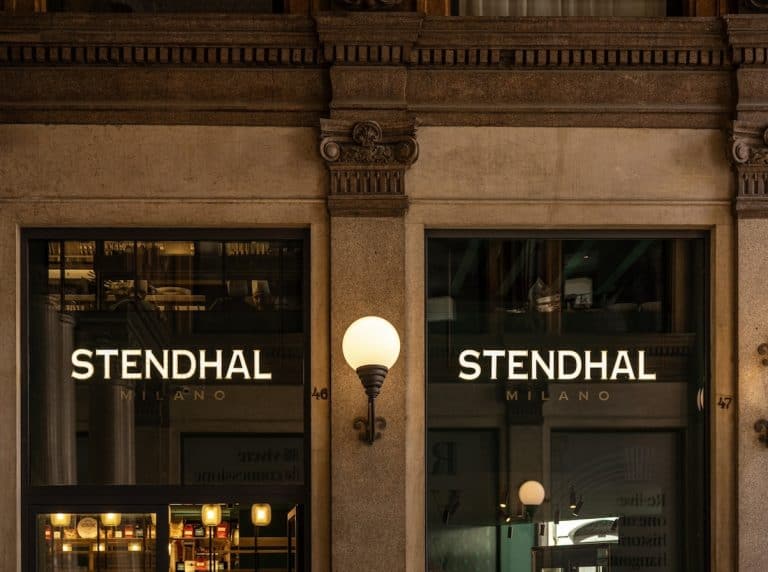
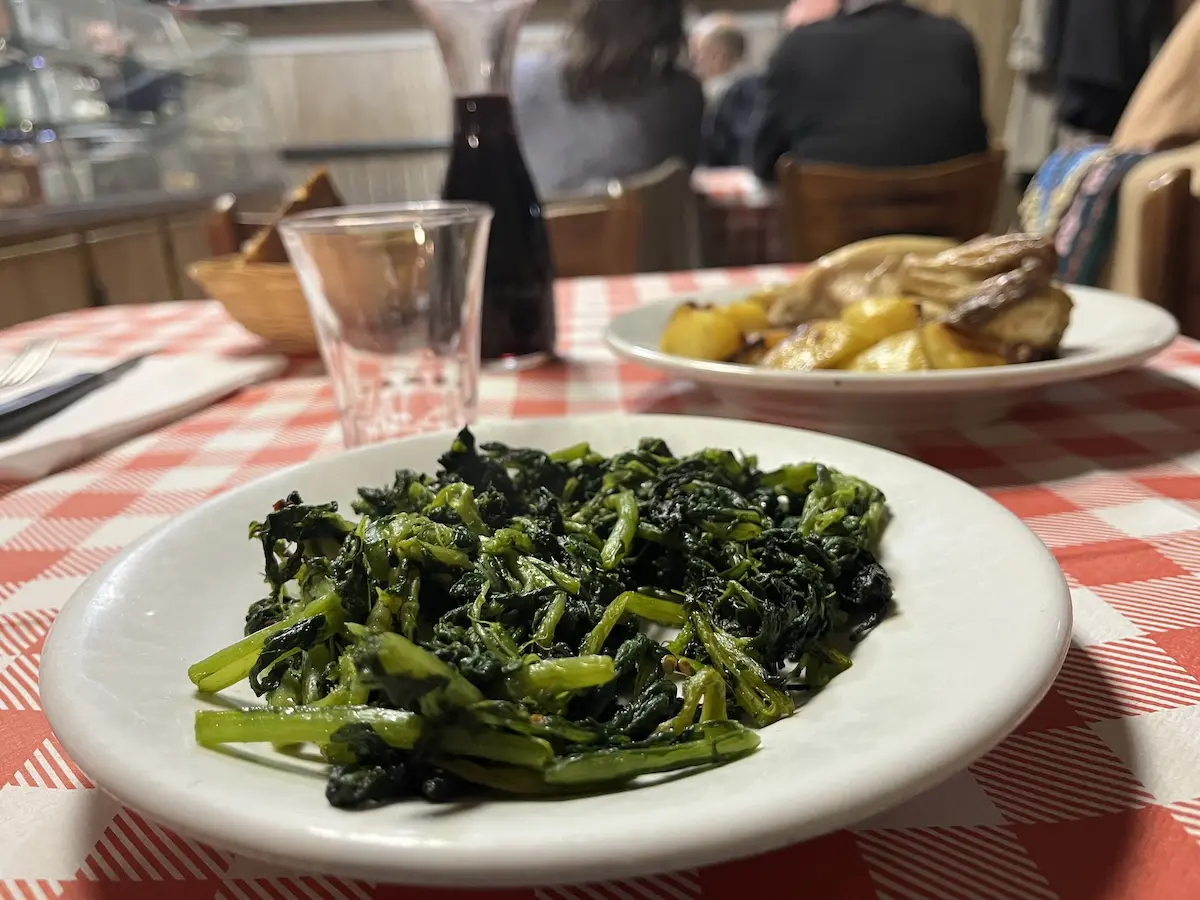 Why not every trattoria should be written about
Why not every trattoria should be written about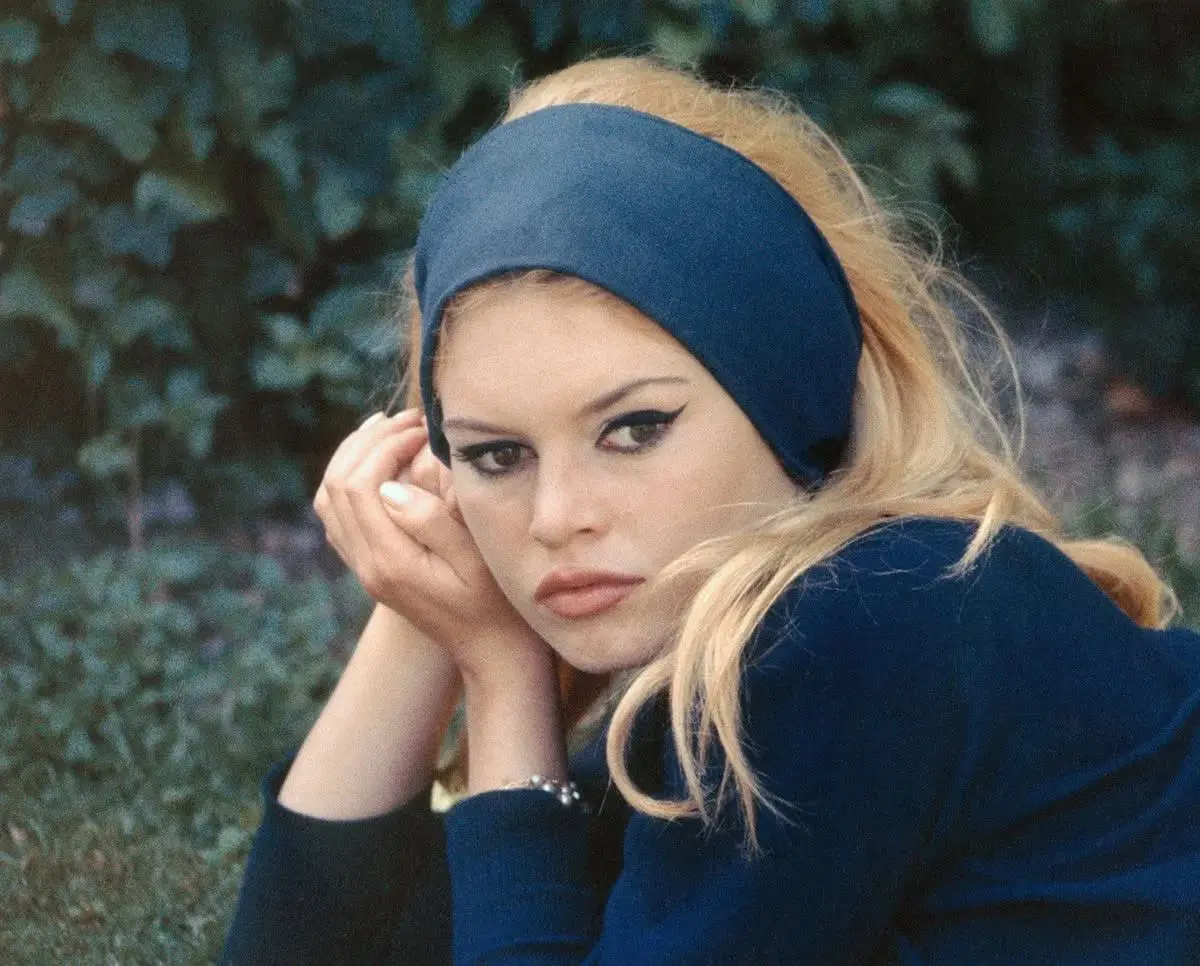 Brigitte Bardot’s final rosé: the wine that marks the end of an icon
Brigitte Bardot’s final rosé: the wine that marks the end of an icon What you need to know about Italy's new decree on dealcoholised wine
What you need to know about Italy's new decree on dealcoholised wine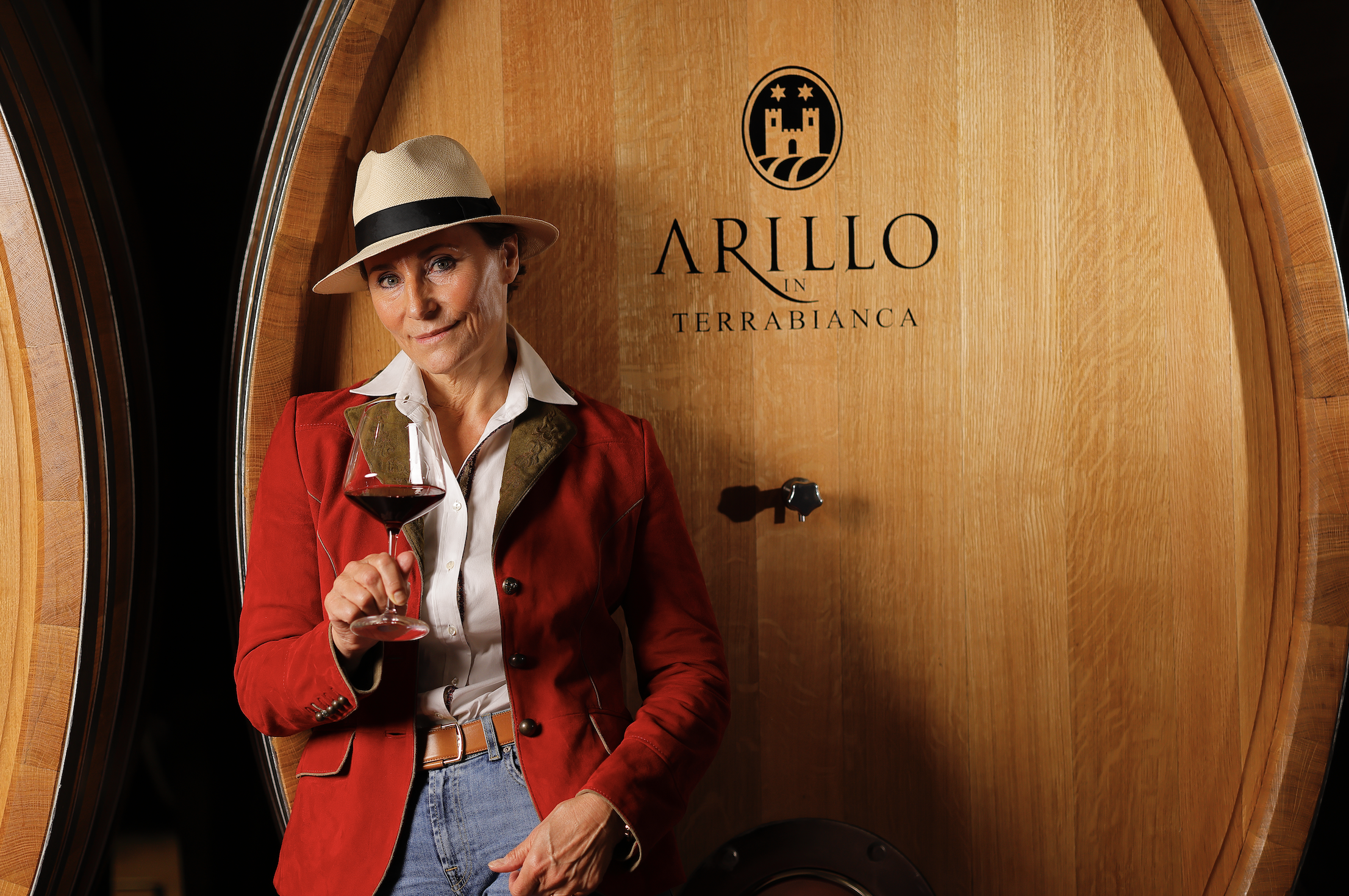 Why Arillo in Terrabianca's organic approach is paying off
Why Arillo in Terrabianca's organic approach is paying off